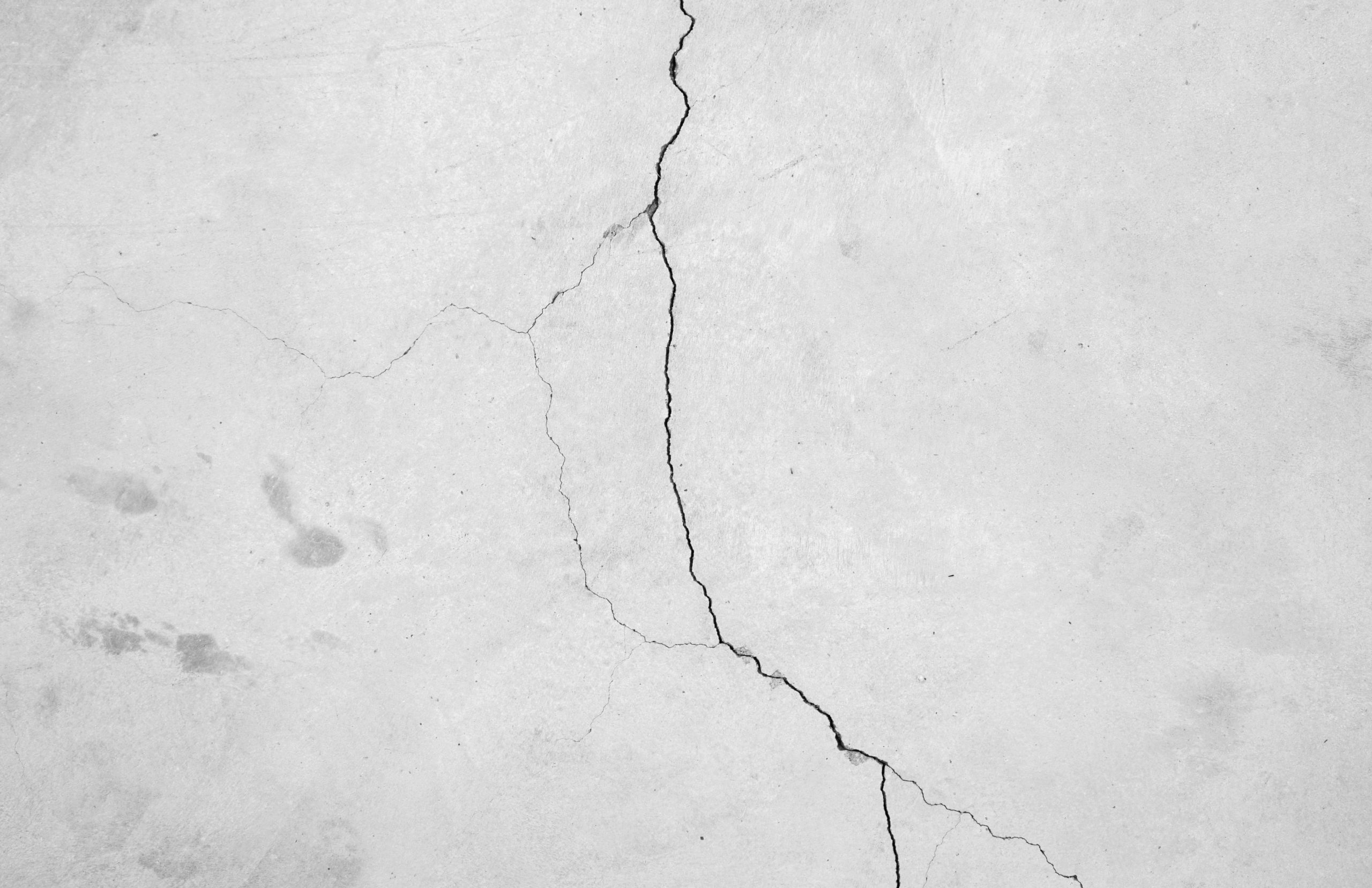There are several Kansas City foundation issues that commonly affect homes in the area. Although these issues are not present with every foundation type, they are worth knowing about. Knowledge is power with any issue involving money, and home repairs are no exception.
If you know what kinds of foundation issues you’re likely to encounter, you’ll have a better idea of what to expect from repairs. Although many foundation jobs are extensive, some are smaller in scope. The more you know, the less likely you are to be taken by surprise when you need to have your foundation repaired.
Settling is One of the Most Common Problems
When a foundation’s footings are on unstable soil, settling is a natural effect. Although settling is something to be expected over time, you’re more likely to notice this during periods of drought. Your home’s fireplaces, veneers, or sheetrock are the parts of the home most likely to show settling evidence, like cracks.
When settling is the culprit, piering is the technique most likely to be used. The most effective form of piering involves hydraulically-driven steel and concrete piers centrally located under the foundation. Piers are more likely to last over the life of the foundation than many other types of common foundation repairs.
Bowed Walls and a Kansas City Foundation
Regardless of the type of wall, Kansas City foundation walls may experience inward movement or deflection. In most cases, this movement happens because of hydrostatic pressure, which involves force exerted by stagnant water around your home’s foundation. When this force gets strong enough, it causes the foundation to show signs of stress.
Steel I-beams are the most commonly used solution to help prevent your walls from collapsing. This system helps stabilize walls in their current position without further adjustment usually being necessary. Tightening is possible after installation to help straighten the walls as needed, especially if the walls start to signs of further bowing.
What is Efflorescence and How Does It Relate to Your Kansas City Foundation?
Efflorescence is a powdery-looking substance that you might find in your basement in the following areas:
- Between the floors and walls in the basement
- The area around the perimeter of the basement
- Cracks present in the basement walls and flooring
When you have issues with efflorescence, this is a sure sign that there are drainage issues present that are affecting your basement. Ideally, there should be a one-inch grade drop six to ten feet from the house. Driveways, patios, and sidewalks should also be sloped away from the house.
Because some homes have drainage issues that have existed from the start, a foundation specialist will be in the best position to advise you of the options you need to pursue.
Getting Water in Your Basement
When you experience water in your basement, the chances of the problem being foundation-related are high. Improper guttering and poor drainage account for about 90-95% of the water issues that occur in basements. If there is water running down the walls, this is one of the surest signs of foundation problems.
When your property has poor drainage, this often causes the soil underneath the foundation to expand. Expansion is most common in soil with a clay composition. Cracks in basement slabs or uplift motion known as heaving are two of the more common signs of water damage that you might see.
Water in the basement may also affect other areas of the house. Cracks in the sheetrock are signs of this, as well as improperly-fitting doors. When there is water affecting your foundation, better drainage will help resolve this problem.
KC Pier offers the solutions that you need to resolve Kansas City foundation issues, regardless of the scope, and contacting us today will help you get started.

